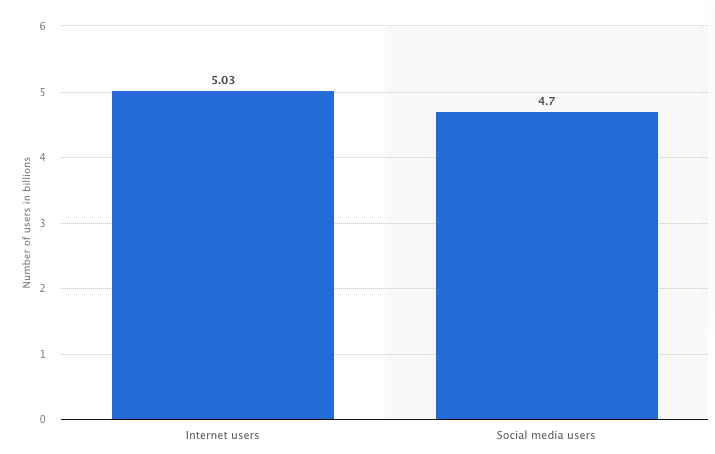Situation
Economic Impact¶
A wide range of disabilities and disorders (impairments) prevent billions of people globally from interacting with physical and digital instruments that are socially and economically necessary. The demand for accessibly inclusive products is rising. An enormous number of global companies (Content Creators or Producers),that publish these instruments to be consumed, need to consistently generate risk compliant instruments.
For example, vision impairments alone present a global financial burden. The annual global costs of productivity losses associated with vision impairment are estimated to be US $411 billion. Regardless of the cause, most people with vision impairment and blindness are over the age of 50 years; however, vision loss can affect people of all ages.

Given a world population of 8 billion, where the number of internet and social media users worldwide is 5 billion people and at least 2.2 billion people globally suffer from visual disabilities -- the need to address loss of productivity and diminished quality of life for this demographic in the digital age is paramount.
Legislation¶
Governments have long acknowledged the importance of inclusion and the benefits that society enjoys when all members are able to participate in their communities. In the United States, for example, the Rehabilitiation Act of 1973 began protecting disabled Amaricans from discrimination and eventually led to the American with Disabilities Act (ADA) of 1990 which serves as the foundation for current legislation.
You'll notice mention of "risk compliance" throughout this documentation. This refers to the necessity that business and industry adhere to laws supporting accessiblity, such as the ADA, and the possible consequences, the risks, both legally and financially, if they don't. ADA Requirements for Banks: 4 Facts You Might Not Know outlines some of the obligations that financial institutions, as an example, have under the ADA and outlines the realities of non-compliance.
Investing in Design¶
As anyone in software development can tell you, failing to address accessibility compliance until the end of a development cycle is problematic at best. Your product will benefit the most by planning for accessibility from the very beginning. After planning is complete, the design phase of a project will begin. A good design is rooted in a good design system (unsure of investing in a design system? Read about the ROI of a Design System). The design system is where the look and feel of the application is defined and refined. This is a natural location to build accomodations for people with visual impairments and this is where we are beginning our journey.
Our Conclusion¶
While governments and businesses have embraced accessibility standards, the implementations are complex thereby yielding compliance challenges and shortcomings. However, the availability of a theme builder, which generates machine readable asset types to be used by design systems to publish products that are accessibly inclusive, could provide much needed assistance to designers, developers and testers. Such a tool could leverage a set of foundational services that can dynamically calculate accessibility constraints for a range of disabilities and disorders. The theme builder could systematically orchestrate, for a designer, the interrelationships between atomic design elements to yield design system themes that reduce accessibly inclusive complexities.